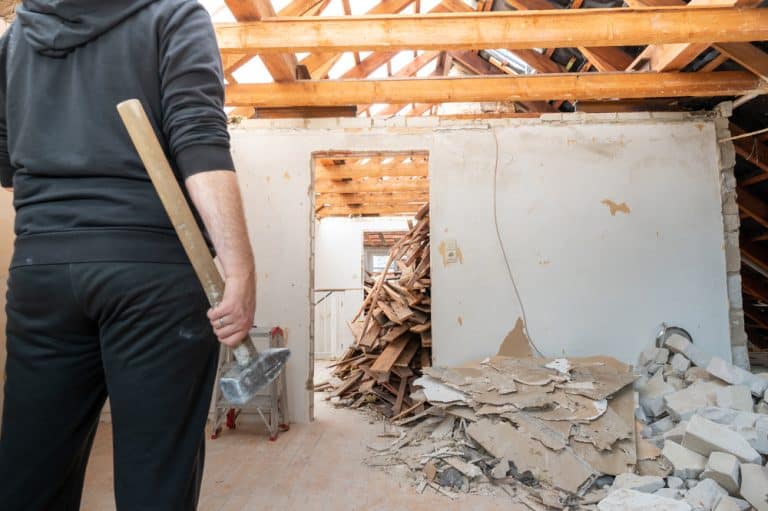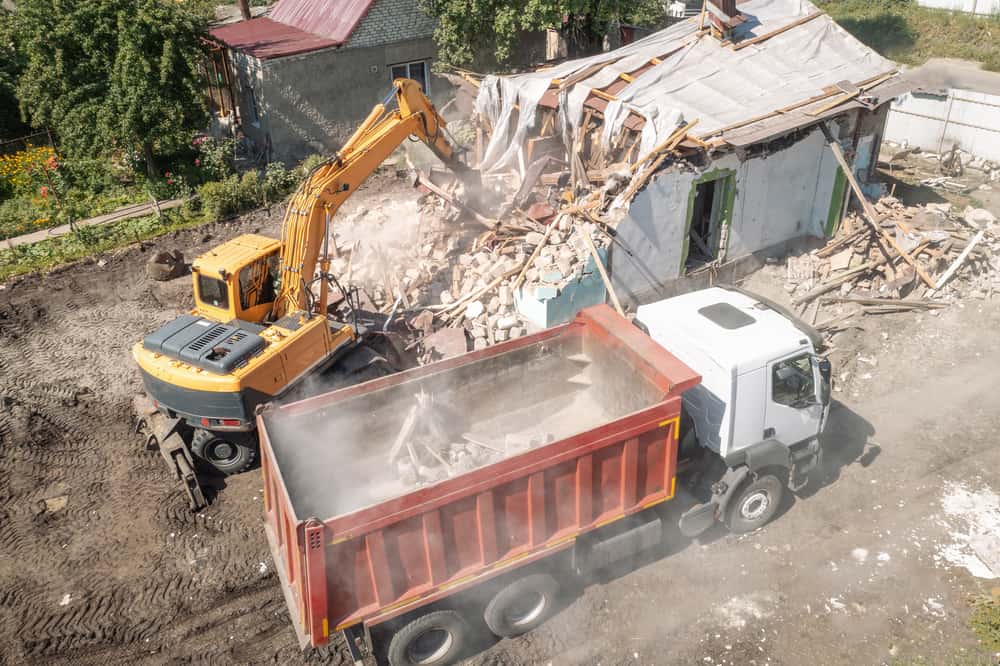House Demolition in Elmont, NY
Green Island Group NY is a leading home demolition company based in Elmont, NY, specializing in safe and professional house demolition services. With a strong commitment to excellence, we are your trusted partner for all your home demo needs.




